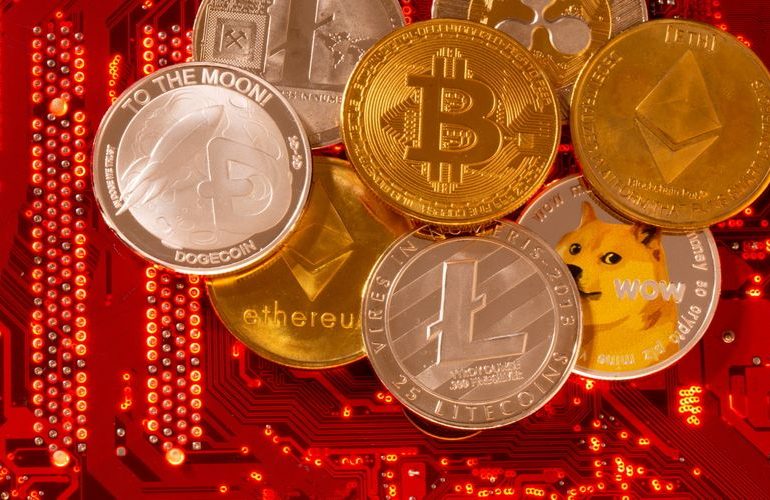In the words of its pseudonymous creator Satoshi Nakamoto, bitcoin is “peer-to-peer electronic cash.” Created in 2008, bitcoin is the first decentralized cryptocurrency and the first major application of blockchain technology—the distributed ledger that underpins the Bitcoin system.
Using a combination of cryptography, game theory and peer-to-peer networks, the Bitcoin system enables the transfer of value over the internet without an intermediary—a revolutionary innovation. Bitcoin, the system made up of users and transaction verifiers, allows anyone with an internet connection to transfer a form of digital cash (also called bitcoin) to others.
The transactions are broadcast over the Bitcoin network and verified by anyone who wants to participate in the process. Miners, a special type of network participant, also verify transactions and group them into blocks, which are cryptographically linked to previous blocks of transactions (hence “blockchain”).
Miners compete with each other to solve mathematical puzzles, an energy and compute-intensive process, with the winner getting the privilege of including their block into the blockchain and earning freshly minted bitcoin and transaction fees for their efforts. The arduous process of mining helps secure the Bitcoin network and is the way network participants come to a consensus about which transactions are valid in the absence of a central authority.
The supply of bitcoin is expected to grow at an ever-decreasing rate until the year 2140, when it will reach a hard cap of 21 million bitcoins. Because of the cap on supply, many investors view bitcoin as a store of value, similar to gold.


